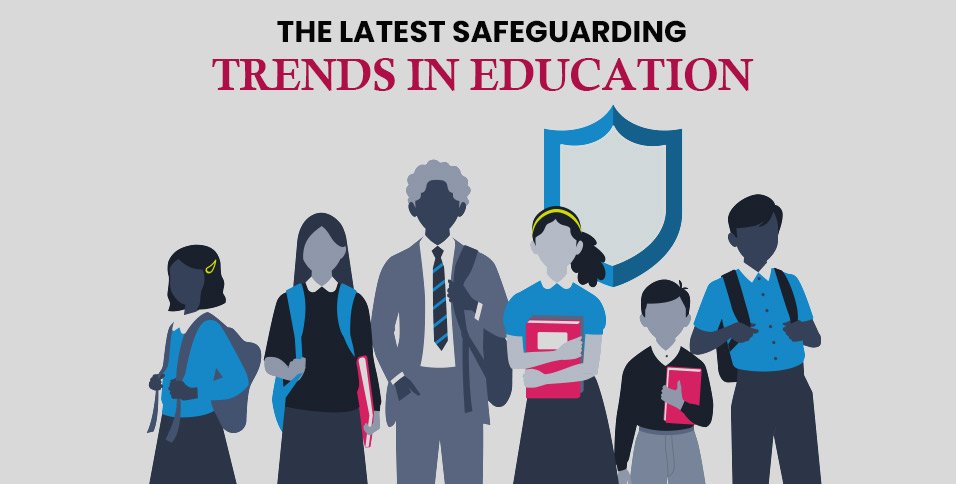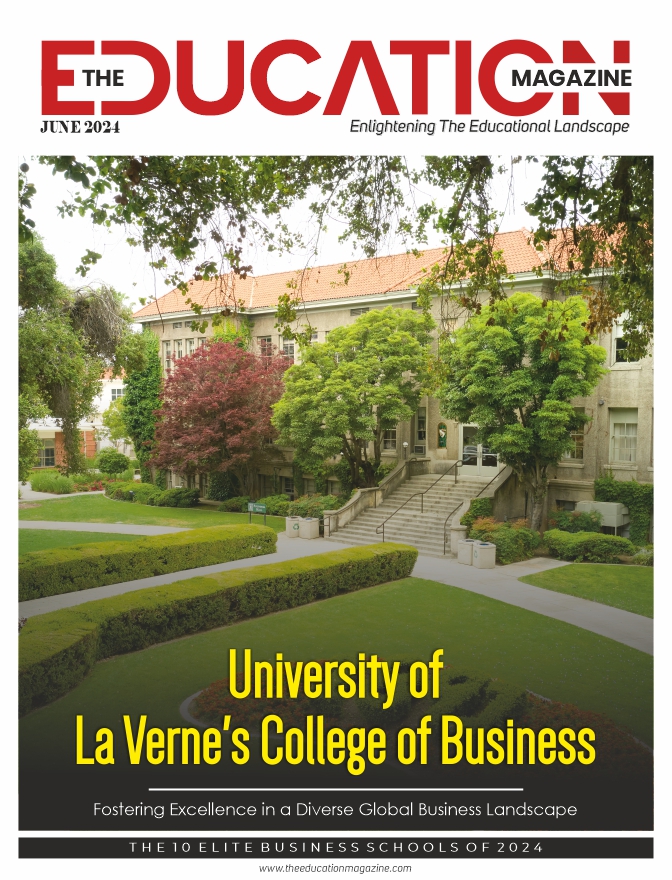Safeguarding is crucial for the education sector to ensure the well-being and security of students, creating a safe learning environment. It’s a set of measures to protect against physical, emotional, and online threats.
Effective safeguarding protocols are crucial for preventing bullying, abuse, and discrimination, fostering a conducive atmosphere for students to develop personally and academically. Compliance with safeguarding standards not only upholds ethical principles but also safeguards the reputation of educational institutions. It builds trust among students, parents, and staff, encouraging a positive and healthy community.
Schools and other institutions in the education sector should be aware of the latest trends in safeguarding since they play a pivotal role in nurturing a secure space for learning, growth, and the holistic development of students.
Here are the latest safeguarding trends in education.
Need for Effective IT Monitoring
Effective IT monitoring is integral for safeguarding the education sector, ensuring the seamless operation of technological systems, and protecting sensitive data. Educational institutions heavily rely on IT infrastructure for administrative tasks, academic activities, and communication.
Monitoring IT systems allows for early detection of potential cyber threats, preventing data breaches and safeguarding the confidentiality of student and staff information.
In addition, IT monitoring plays a crucial role in maintaining the functionality of e-learning platforms, student information systems, and communication networks. It ensures the availability and reliability of online resources, preventing disruptions that could impact the learning experience.
Effective monitoring helps to promptly identify and address performance issues, minimising downtime and ensuring continuous access to educational resources, which is particularly crucial in an era where digital learning platforms have become integral to the education landscape.
Moreover, IT monitoring aids in compliance with data protection regulations and cybersecurity standards, fostering a secure environment for online learning and administrative processes.
By proactively monitoring IT infrastructure, educational institutions can enhance their resilience against cyber threats, provide a reliable digital learning environment, and safeguard the integrity of critical data, thereby upholding the overall security and functionality of the education sector.
Online Searches for Job Candidates
The education sector leverages online searches as a crucial tool for evaluating candidates. Institutions often conduct comprehensive online searches to verify a candidate’s background, qualifications, and professional reputation. The process aids in confirming the accuracy of information provided in resumes and applications, ensuring the integrity and credibility of the candidates, which is crucial for safeguarding.
By scrutinising the online presence of applications, including social media profiles, educational institutions can gain insights into their character, values, and conduct. This proactive approach allows institutions to identify any potential red flags or inappropriate behaviour that may compromise the safety and well-being of students.
Online searches help institutions thoroughly vet candidates, aligning with the sector’s commitment to creating secure and supportive learning environments. Utilising online information helps educational institutions make informed decisions, mitigate risks, and prioritise the safety and welfare of students and the broader educational community.
Safeguarding Training
Educational sectors must invest in safeguarding training as it plays a pivotal role in creating safe and secure learning environments. Safeguarding training equips educators, administrators, and staff with the necessary knowledge and skills to identify, prevent, and respond to potential risks and threats, such as child abuse, bullying, or online safety issues.
Training ensures that educational professionals know the latest legal and regulatory requirements, ethical standards, and best practices related to student safety. It provides insights into recognising signs of vulnerability and implementing appropriate intervention strategies.
Investing in safeguarding training also helps foster a culture of awareness and accountability within educational institutions. Educators become better equipped to establish and enforce robust safeguarding policies, creating a protective framework for students. Moreover, such training enhances communication and collaboration among staff, students, and parents, creating a unified approach to safeguarding.
Overall, safeguarding training reflects a commitment to the holistic well-being of students, instilling confidence in parents and the broader community. It aligns with the sector’s duty of care and contributes to a nurturing educational environment where students can thrive academically and emotionally.
Increase in Cyber Security Standards
The educational sector should enhance cybersecurity standards due to the increasing reliance on digital technologies and the potential risks associated with cyber threats. Educational institutions store vast amounts of sensitive information, including student records and financial data, making them vulnerable to cyberattacks. Strengthening cybersecurity standards is imperative to safeguard this information, protect the privacy of students and staff, and maintain the integrity of academic and research data.
Enhanced cybersecurity measures also ensure the uninterrupted functioning of online learning platforms, administrative systems, and communication networks. With the proliferation of remote learning, institutions must fortify their defences against phishing, ransomware, and other cyber threats that could disrupt operations and compromise educational activities.
By adhering to robust cybersecurity standards, educational institutions are proving their commitment to responsible data management and compliance with data protection regulations, which is crucial for safeguarding the institution’s reputation and fostering trust among students, parents, and stakeholders.
In this age of evolving cyber threats, enhancing cybersecurity standards is crucial for the educational institution’s resilience, reliability, and reputation, establishing a secure digital environment conducive to effective teaching, learning, and administrative functions.
Guidance for External Organisations Using School Premises
External organisations utilising school premises must adhere to stringent safeguarding protocols to ensure the safety and well-being of students and staff. First and foremost, thorough background checks on all personnel accessing the premises are essential. Organisations should implement a clear identification and sign-in process, ensuring that only authorised individuals enter the school.
Maintaining strict supervision during external activities is crucial, with a designated liaison person responsible for communication between the organisation and school authorities. The school must share emergency procedures and contact information, and external staff should receive training on safeguarding policies.
In addition, external organisations must comply with the school’s code of conduct, respecting boundaries and fostering a safe environment for all. Regular communication and collaboration with school officials help create a unified approach to safeguarding.
Overall, adherence to safeguarding protocols ensures that external activities on school premises prioritise the safety and security of students, aligning with the educational institution’s commitment to providing a safe and secure learning environment.
ALSO READ: How You Can Fight Child Trafficking Without Even Leaving Home










